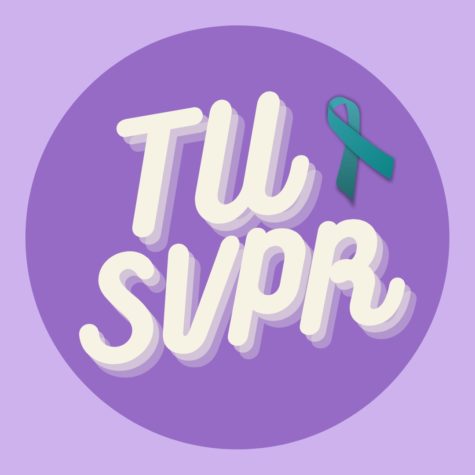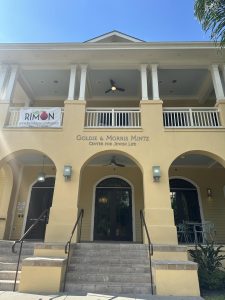Letter to the Editor | Reporting on sexual violence, part II
Transforming visibility into intentional activism
April 19, 2023
Content warning: this article discusses general themes of sexual violence.

Our collective would be remiss to critique student reporting without offering solutions. For further context on these critiques, please refer to the first article we published. Now, we offer ideas while recognizing they will not resolve every issue surrounding sexual violence on campus overnight. Rather, they have the potential to be a piece in the puzzle of a future with more survivor-centric systems.
Our first suggestion is that The Hullabaloo creates a team of dedicated editors informed about power-based violence. This select group of editors could act as a screening apparatus for articles covering sensitive topics such as sexual violence. Further, they can help prioritize the coverage of events related to sexual violence so that information is sourced directly from people who work in this field. For instance, our collective is responsible for the annual Sexual Violence Town Hall, an event in which students can ask a panel of administrators, staff and faculty about current prevention and response efforts. This year’s town hall was highly attended, yet The Hullabaloo did not cover the event. Our collective also took an active role in the emergency senate held following the release of a list of alleged perpetrators last spring, and we — along with other student organizers working on this issue — were not mentioned in The Hullabaloo article written about the event. Covering events such as these and others held by fellow student organizations thoroughly can help balance some of the previously mentioned articles with ways for students to become involved and more informed.
We are also offering a resource guide we have developed for The Hullabaloo over the past three months to use when reporting on sexual violence in the future.
In the resource guide, our collective explains some best practices for developing content warnings and using inclusive language. It also provides some foundational knowledge and vocabulary used in discussions of sexual violence. Our collective’s hope is that this guide will be used as a building block for Hullabaloo reporters in constructing articles that are more inclusive of all the different faces of survivorhood. We also hope other student organizations and individuals reporting on and producing media about sexual violence will make use of this guide. It will remain linked in this article and on our Instagram @tu.svpr.
Additionally, we encourage all student organizations to work alongside campus partners to create spaces that serve our community in more trauma-informed ways. The Student Organizations Sexual Misconduct Resource Guide authored by Title IX intern and SVPR Co-Director Karlyn Simcox is a great starting point for student organizations to assess their membership structures’ capabilities and potential growth areas. All student organizations should also consider meeting with the Title IX Office to take inventory of their constitution’s provisions and its ability in preventing and responding to sexual violence and potentially triggering material. For further education, Sexual Aggression Peer Hotline and Education — SAPHE — and The Well for Health Promotion offer workshops to better equip organizations with the tools to discuss and combat sexual violence. Organizations seeking to address campus sexual violence head-on should consider applying to the Title IX All In Grant, a source of funding for students and organizations working on projects addressing sexual violence. Our collective acts as an approval committee for this grant with help from the Title IX Office. Campus partners are creating resources every day that can strengthen prevention and response structures. It is time that we as students use them to craft communities of care that ensure survivors are not just heard but listened to.
Another great way to engage with prevention and response as an organization is to encourage members to attend our collective’s programming as well as that of other organizations doing this work on our campus. Sexual Assault Awareness Month — SAAM — is happening now, and several organizations, including ours, are providing programming throughout the month. To keep up with us and learn more about this topic, follow @tu.svpr on Instagram or email [email protected] to be added to our email list. Our direct messages are always open to collaboration, and we look forward to hearing from other student organizations interested in allying with us to make Tulane a more welcoming place for survivors.
We won’t sugarcoat it — this work is hard. However, constantly learning about sexual violence and evolving our perspectives on it is a mission we are proud to take on together. Above all, we believe in the strength of the Tulane community and its love for all those in it. We choose to practice that love by challenging this place to be better. It is now up to you, reader, to decide how you will join us. Will it be learning how to craft an effective content warning? Perhaps reading up on how sexual violence affects a population you are not a part of? Any way you decide to thoughtfully engage with this fight is one that will make a difference in the lives of those around you. We are humbled to stand beside you in these moments of growth and look forward to the future we are building, one in which we have ended sexual violence on campus.
With care and respect,
The Sexual Violence Prevention and Response (SVPR) collective








Leave a Comment